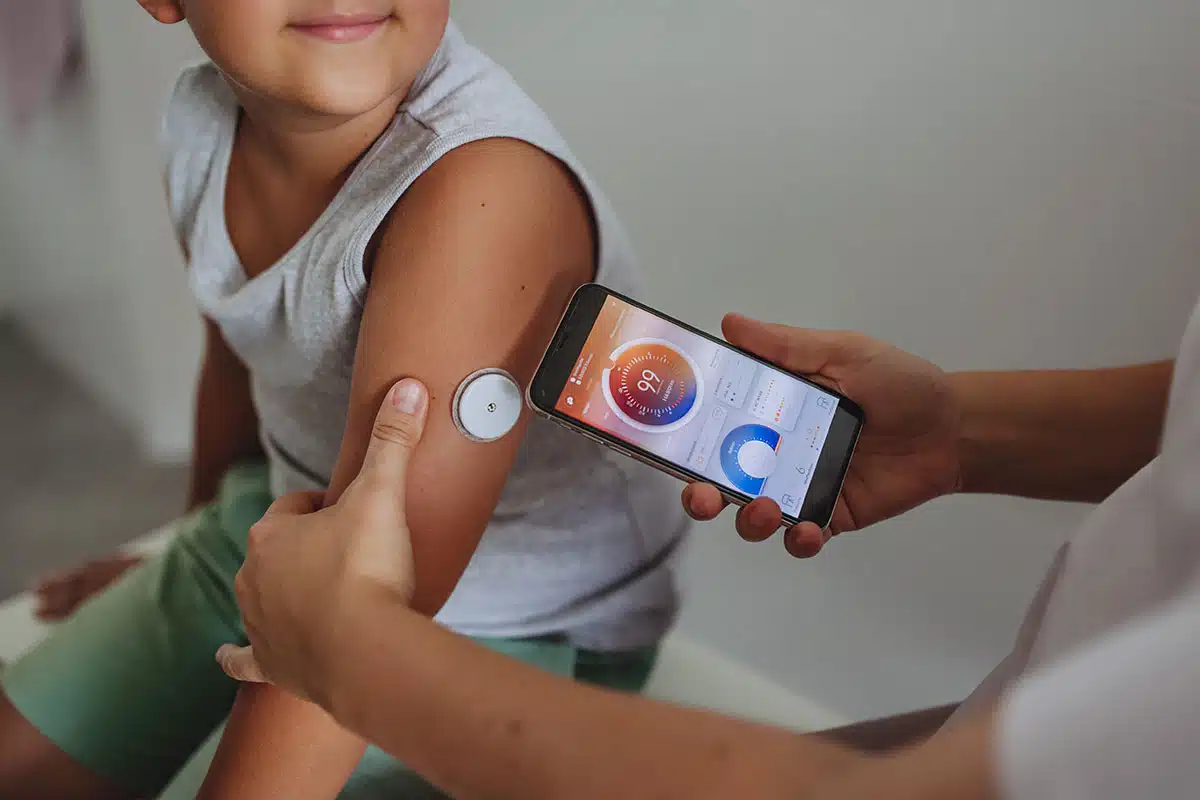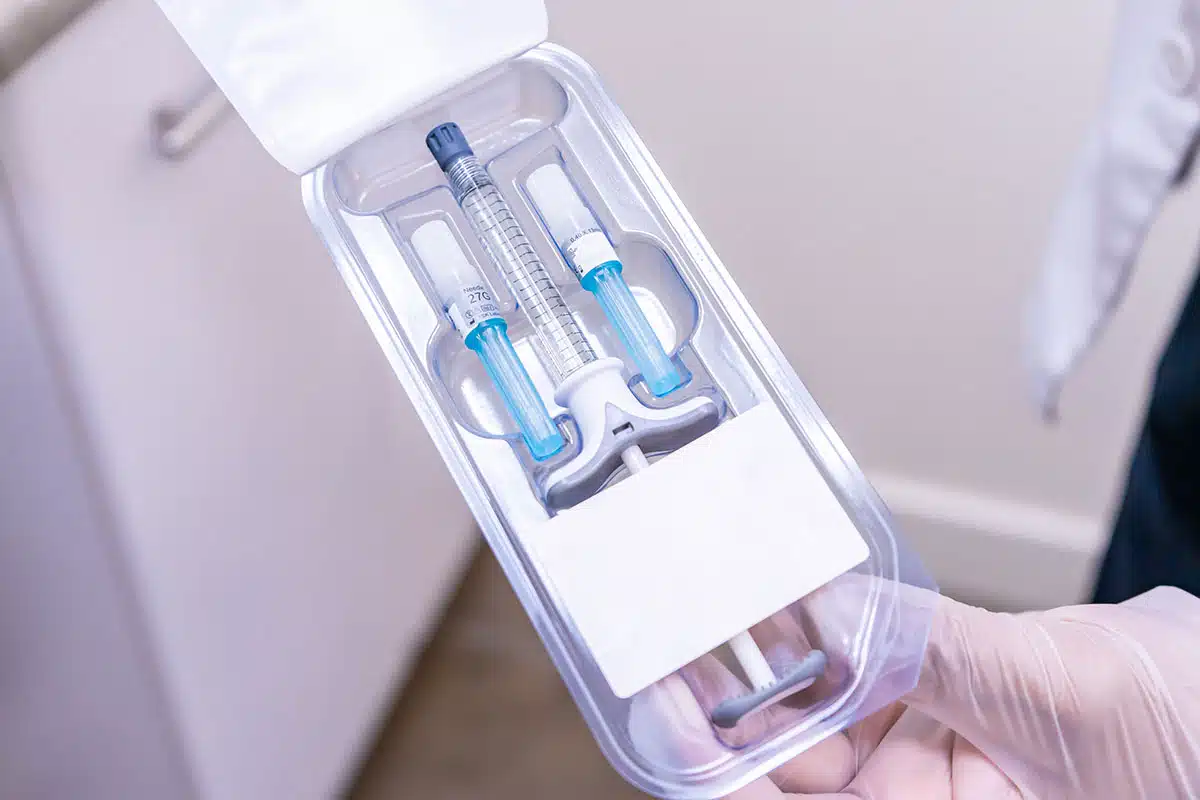If you make a consumer product, then you don’t want to miss this trade show. Long recognized as the most influential tech event in the world, this is the place to be to catch upcoming trends and keep an eye on the competition. Learn more.
This educational forum is designed specifically for chip, board, and systems design engineers. If you want to discover the latest trends, or you’re looking to level up your skills, don’t miss this conference. Learn more.
Innovation meets responsibility at this cutting-edge event. Learn best practices for sustainable manufacturing, connect with industry leaders, and discover how to transform your operations to increase efficiency, reduce waste—and even lower costs. Learn more.
Rightly called one of the leading medical device trade shows in the U.S., this event is your chance to explore the latest in life-saving and health-improving technologies. Come explore innovative solutions in such fields as medical devices, digital health, hospital equipment and supplies, cardiovascular solutions, pharmaceuticals, and much more. Learn more.
This technical conference is geared towards aerospace experts, academics, military personnel, and industry leaders. Here’s your chance to learn about cutting-edge technologies from researchers working on the frontiers of science and engineering. Learn more.
Dubbed the electronics manufacturing industry’s leading technical conference for professional development, this event features a world-class trade show, a cutting-edge technical conference, extensive networking opportunities, and professional development courses taught by industry experts. Learn more.
With a focus on electrical wire processing technology, this conference offers solutions to challenging wire technology problems through training and education, along with the chance to network with industry leaders and subject matter experts. Learn more.
One of America’s largest design and contract manufacturing trade shows. Discover new custom and stock parts and find everything you need to go from design and prototypes to production, finishing, and assembly. Learn more.
The Design Automation Conference offers more than 300 technical presentations on new products, methodologies, and technologies in the electronics industry. If you’re a designer, researcher, tool developer, or vendor, here’s your chance to take a deep dive into AI, machine learning, EDA, embedded systems, IP issues, cybersecurity, and other cutting-edge topics. Learn more.
A leading conference for manufacturing, engineering, and digital transformation leaders, the Forum lets you discover and debate the latest Industry 4.0 trends. Here’s your chance to benchmark your company’s processes and strategies against your industry peers. Learn more.
Silicon Valley’s largest conference for printed circuit board design, fabrication, and assembly. This event offers technical training and industry exhibitions. Explore military, aerospace, cutting-edge IoT, and wearable technology. Learn more.
Where manufacturers of all sizes come together to benchmark, network, and learn how to become smarter, and more connected. Learn from technology exhibits, workshops, and presentations by Industry 4.0 leaders and experts. Learn more.
Billed as the industry’s largest technical conference, this is the place to explore groundbreaking research and discover insights from leading experts across all aspects of electronics manufacturing. Learn more.
For those who drive the creation and development of manufacturing technology, this event will help you discover practical solutions, learn about evolving best practices, and connect with fellow manufacturing tech experts. Learn more.








